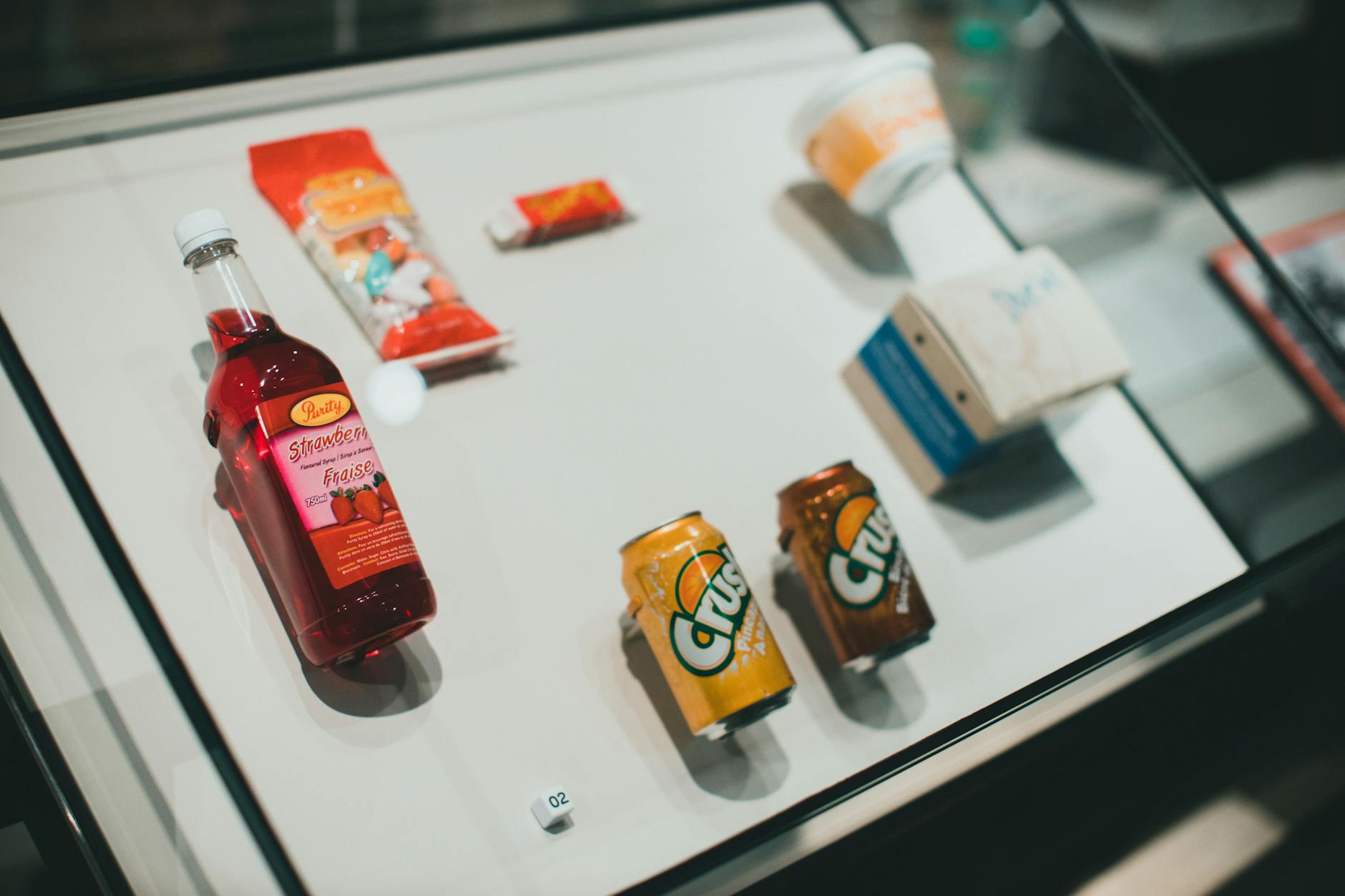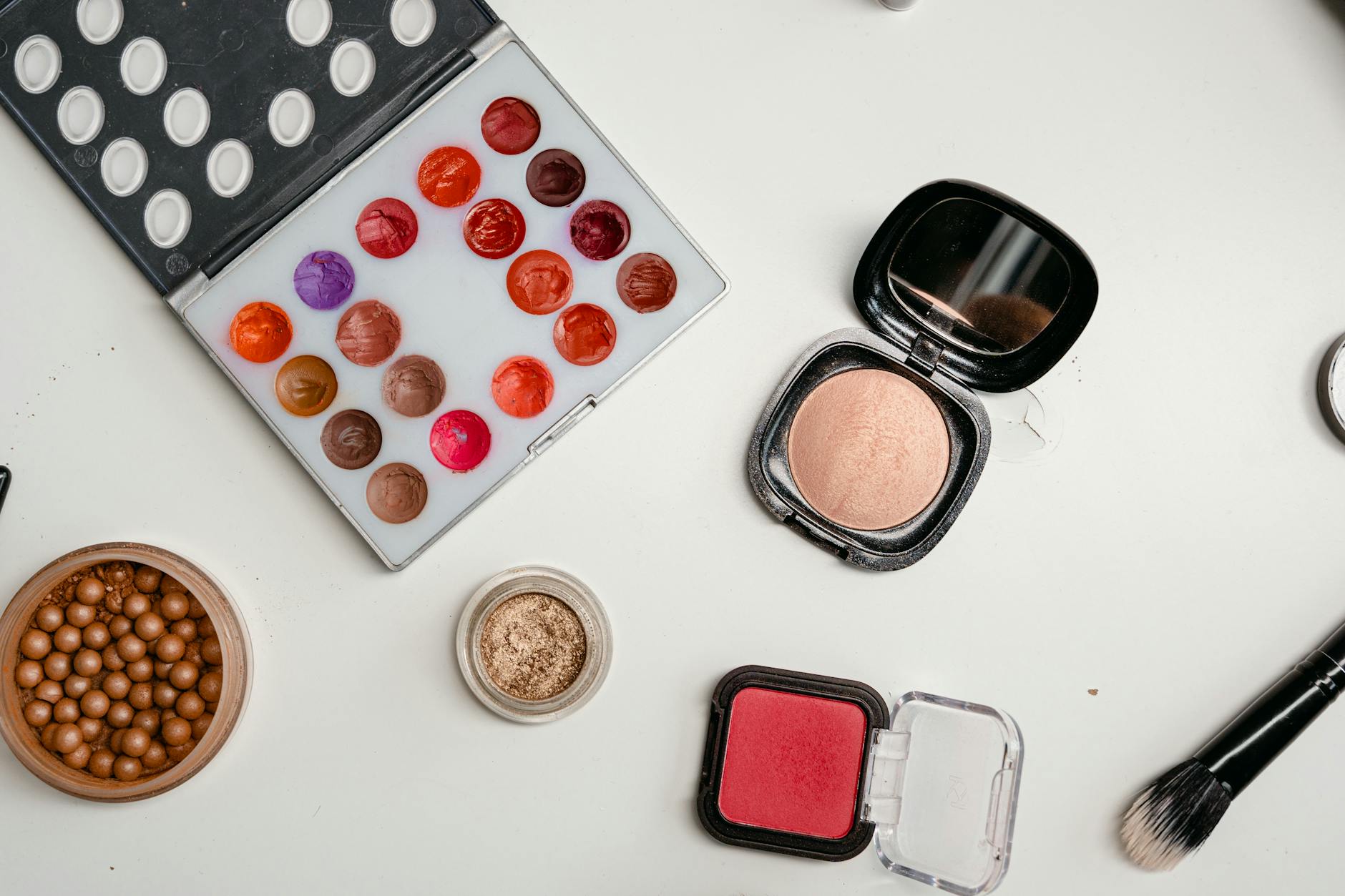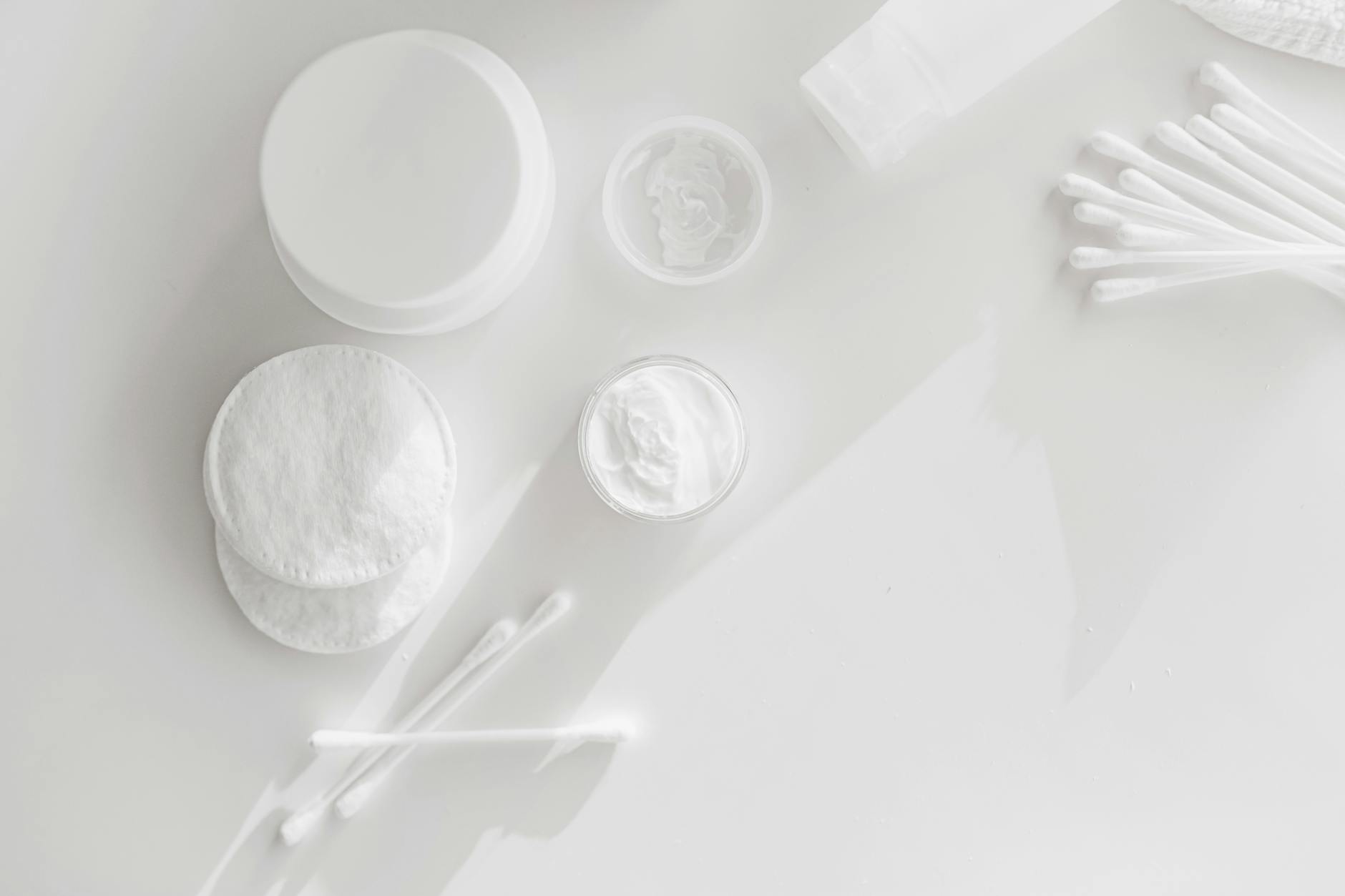What Parents Need to Know About Kids Sunscreen in Australia

Sunscreen Basics for Kids
Why Kids Need Sunscreen
As a child development enthusiast from a Sydney suburb, it's my top priority to ensure the kiddos are safe during outdoor activities, especially under the Australian sun, which can be unforgiving. Sunscreen isn't just a suggestion here—it's a necessity. Children's skin is much more sensitive to UV rays, making them more susceptible to sunburn and long-term skin damage. When at the Centennial Parklands, whether you're exploring the family-friendly parks or just enjoying a picnic, applying sunscreen to the kids is as crucial as packing the snacks.
Choosing Kid-Specific Formulas
There's more to picking sunscreen for kids than just grabbing what's on sale. You'll want something that caters to delicate skin, reducing risks of irritation or allergic reactions. Look for words like 'fragrance-free' and 'paraben-free' on the label, as these are less likely to cause discomfort.
SPF and Application Guidelines
Understanding SPF is like your magic shield. For kids, an SPF of at least 30 is recommended, offering reliable protection against harmful sun exposure. Apply a generous amount about 20 minutes before you leave the house. And don't forget to reapply every two hours or right after swimming, especially if you're enjoying one of the many kid-centric activities at Taronga Zoo.
Finding the right products doesn't just protect your kids' skin; it also aligns with the bigger picture of safeguarding our ecosystems. Opting for reef safe sunscreen ensures you're taking a step toward preserving our beautiful coral reefs.
Ingredients to Avoid
Harmful Chemicals Impacting Reefs
Living in a coastal region, it's crucial to be mindful of how some sunscreen ingredients affect both our kids and marine ecosystems. Harmful chemicals like oxybenzone and octinoxate, commonly found in sunscreens, play a significant role in coral bleaching, disrupting marine habitats crucial for our local biodiversity. This ecological impact underscores the need for choosing reef-safe products, especially if your family enjoys visits to the ocean or educational events at the Australian Museum.
Common Synthetic Ingredients
When selecting a kids sunscreen, it's essential to be vigilant about synthetic ingredients. These often include parabens and synthetic fragrances, which can be irritating to sensitive skin. These components are not only potential skin irritants but also pose risks of bioaccumulation in marine environments. Parabens have been found in water systems, highlighting their pervasiveness beyond mere skin application.
Understanding Labels and Terms
Navigating through sunscreen labels can feel daunting, but understanding the terms is key. Look for labels that state "reef-friendly" or "biodegradable," as these often exclude harmful components like the ones mentioned earlier. It's beneficial to familiarise yourself with ingredients listed on the packaging to ensure they adhere to your family's health and environmental values. By integrating this knowledge into your purchasing decisions, you can contribute to a safer environment for both your family and the ocean.
Eco-Friendly Sunscreen for Kids
Benefits of Reef-Safe Options
When exploring eco-friendly sunscreen options for kids, considering the benefits of reef-safe zinc sunscreen is essential. Not only does it protect your little ones from harmful UV rays, but it also plays a crucial role in preserving marine life, specifically coral reefs. These sunscreens typically contain ingredients like zinc oxide, known for being both effective in UV protection and safe for the environment. For parents and educators spending time at family-friendly parks like Centennial Parklands, knowing your choice of sunscreen supports marine ecosystems can be reassuring.
Certified Organic Ingredients
Organic certification in sunscreen guarantees that harmful chemicals are avoided, making them a safer choice for delicate skin. Certified organic sunscreens often lack synthetic additives, offering peace of mind during educational events at places such as the Australian Museum. These ingredients, which include natural minerals or plant-based oils, provide a gentle barrier against the sun while ensuring no harm to aquatic life.
How to Spot Genuine Eco-Labels
In a market crowded with various options, discerning authentic eco-labels becomes vital. Look for well-recognised certifications that pledge no damage to coral reefs. This can usually be found on labels indicating 'reef-safe' or 'environmentally friendly'. Awareness and education about these labels empower you to make informed decisions, ensuring your choices align with safety and environmental standards. These practical safety tips are invaluable for trips to kid-centric venues like Taronga Zoo, where thorough sunscreen application is a must.
Application Best Practices
Frequency and Timing Tips
When venturing into the family-friendly parks of Centennial Parklands with young kids, knowing how often to apply sunscreen can make all the difference. The general guideline is to apply baby sunscreen at least 30 minutes before sun exposure. This ensures the skin has ample time to absorb the product, providing maximum protection right from the start. Consider reapplying every two hours, especially after swimming or intense playtime, to accommodate the sunscreen's eventual breakdown and loss of effectiveness.
Effective Coverage Techniques
Ensuring complete coverage for children is essential, particularly on sunny outings to educational events at the Australian Museum. Efficient techniques involve applying a generous amount of sunscreen to all exposed areas, including those often forgotten like the back of the neck, ears, and the tops of feet. Using broad, sweeping motions can help ensure even distribution. Don’t forget to protect the delicate skin around the eyes with gentle application or sunglasses with UV protection.
Combining Sunscreen with Other Protections
While sunscreen is crucial, combining it with other protective measures can offer comprehensive shielding when engaging in kid-centric activities at Taronga Zoo. Encourage your little ones to wear protective clothing, such as long-sleeved shirts and wide-brimmed hats, to shield their skin further. Additionally, ensure they seek shade during peak UV hours, typically between 10 AM and 4 PM, to reduce direct sun exposure. Being well-prepared allows you peace of mind as your children enjoy the outdoors.
Expert Answers and Resources
Finding the right answers to your sunscreen-related questions can transform your family outings into stress-free adventures. While you're packing snacks for a day at Centennial Parklands, picking the best child-safe sunscreen should be just as important. Below are some common queries from parents and guided answers that aim to help you make informed choices for your little ones.
Is Mineral Sunscreen Better for Kids?
One recurring question in the parental sphere is about the efficacy of mineral sunscreens compared to chemical ones. Mineral sunscreens utilise zinc oxide or titanium dioxide, creating a physical barrier that reflects harmful UV rays. This makes them an excellent option for kids with sensitive skin. The lack of harmful chemicals also means they are generally considered safe for environments like your favourite panther walk at Taronga Zoo.
How Often Should Sunscreen Be Reapplied?
Ah, the classic conundrum! When you're engrossed in educational activities at the Australian Museum, it’s crucial to remember that sunscreen isn’t a one-application fix. Reapply every two hours and immediately after swimming or sweating. This regularity ensures comprehensive protection during both educational and recreational activities.
Are There Educational Resources Available?
For a deeper dive into understanding sunscreen options, governmental health websites and local seminars are treasure troves of information. Engaging with this content will arm you with valuable knowledge, making your children’s outdoor experiences as safe as they are enjoyable.
With these tips, you can confidently create a sunscreen strategy that fits seamlessly into your active family lifestyle, whether you're off for a casual stroll in Centennial Parklands or a thrilling day at Taronga Zoo.


